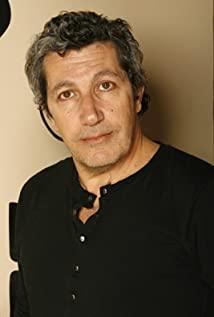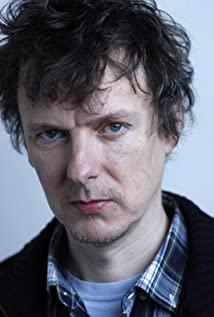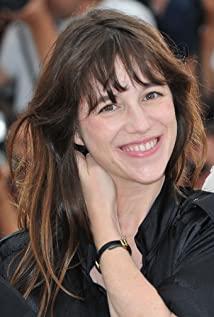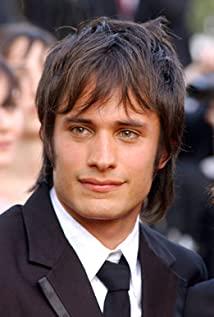What this play sells is how to package an ordinary story with a life-like fantasy: a process in which a man who confuses dreams with reality, can sleepwalk, loves creation and invention, fails to chase women and tries to remedy it.
I really appreciate the film’s expression of dreams and the use of stop motion. In general, works often express dreams with unrealistic images, which are either too illusory, smallpox, dragons and phoenixes, or too ordinary, no different from reality. Dreams are mostly immersed in all kinds of unreasonable and weird elements of life, and they are a little unbelievable blend of ordinary and real. This movie is just right, successfully bringing the "real" dreams to the audience in the real world. When I watched it, I kept thinking: I have had such dreams, I have been in dreams, and I have seen such things... In the dream of "Love", we can see that we can see it in daily life, or add it to it. The modified objects, such as walls paved with egg-filled paper, unusually large palms, models, etc., these pictures are special but familiar, and they are undoubtedly fascinating.
Stop motion only refers to frame-by-frame shooting. When these images are projected at high speed, the original stationary objects move continuously. In addition to using ordinary clay dolls or small objects to make independent animation clips, interspersed between the movies, this series also blends stop motion with reality. For example, the hero and heroine who are conceiving a short film are looking for objects that can represent the flow of water. When they turn on the tap, the water flowing out is a collage of blue and white cellophane. Using stop motion to highlight unreal ideas or dreams is a good way to make it easier for the audience to understand, and it is also quite interesting. But I want to emphasize that the stop motion technique used in this movie is not original.
With all kinds of rich visual elements wrapped and decorated with the dreams of the male protagonist, this story that I am not interested in has become very exciting. This movie is very "watching" because what I like is its very thoughtful pictures and expressions.
In addition, there is a scene that pleases me: the heroine throws a bunch of cotton flowers, and the male protagonist tries to find the correct keys to fix the cotton flowers in the air—because the sound waves created by the appropriate sound can vibrate the air and support objects. I have always been particularly fond of these seemingly reasonable and unreasonable things, and there are also some such unknown sciences in the drama, which justify me! Secondly, when I watched it, I felt that this movie was very similar to "Eternal Sunshine of The Spotless Mind", especially the usage and expression of the intertwined fiction and reality. When I returned home, I found that the original director of "Nothing", Michel Gondry, was the film. Director and screenwriter.
In fact, what attracted me to watch, except for the ingenious wrapping paper, was the same as the short film I had always conceived (or wanted to watch). In fact, I have always wanted to use stop motion to integrate real life and shoot some clips, and one of the candidate subjects is dreams. It’s not difficult to make a stop motion (at least the kind of "Love" and what I think). It only requires patience and care (so, if you are interested in trying something similar, please contact me -.- ).
Regarding the story of this movie and the acting skills of the actors, I really don't have much thoughts-but I have to admit that I think the lead actor Gael Garcia Bernal is very cute. This play is a bit like "Alice in Wonderland". The audience should not expect the plot or the profound meaning behind it, but the absurdities and wonders of them. The question is whether you accept this selling point.
View more about The Science of Sleep reviews











